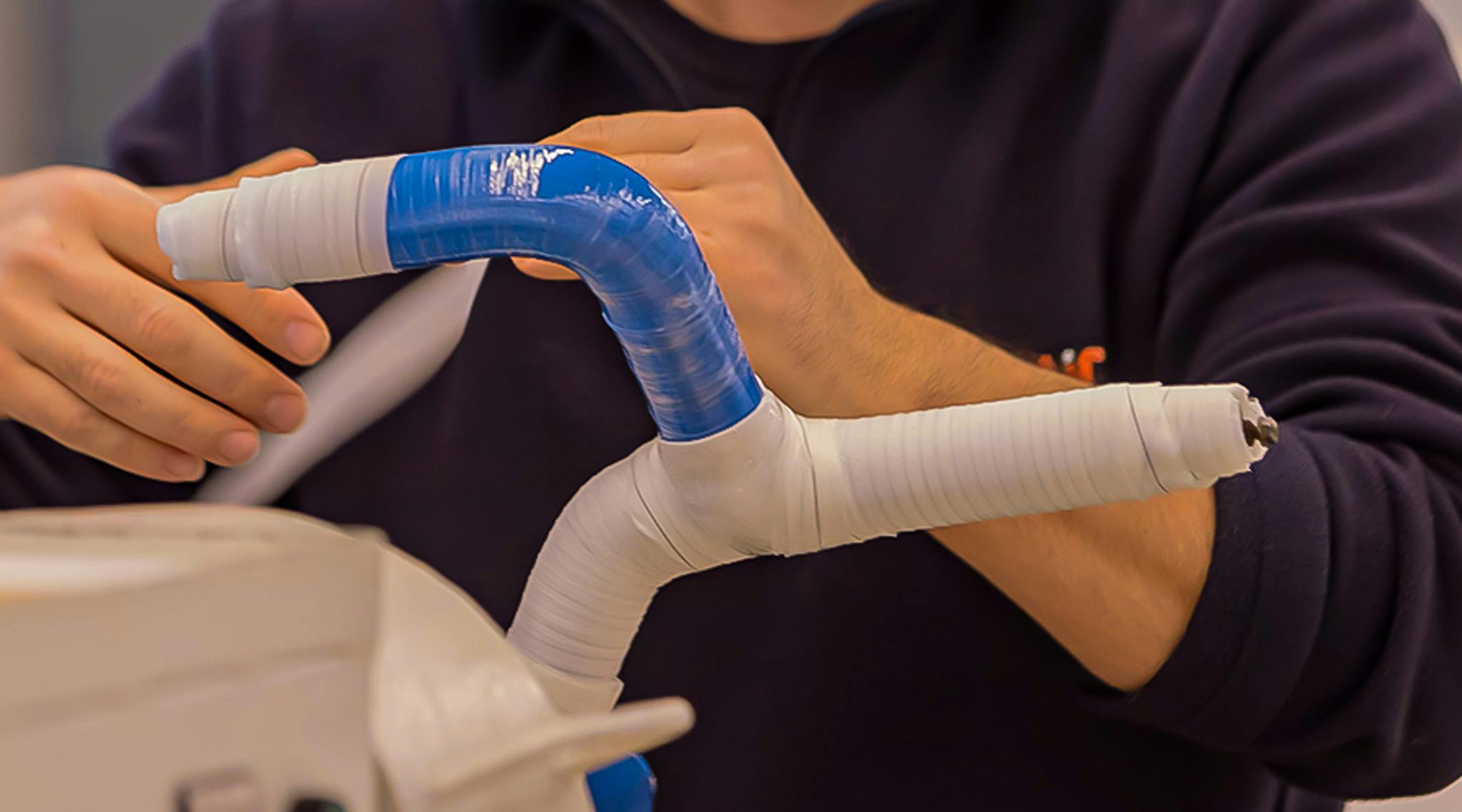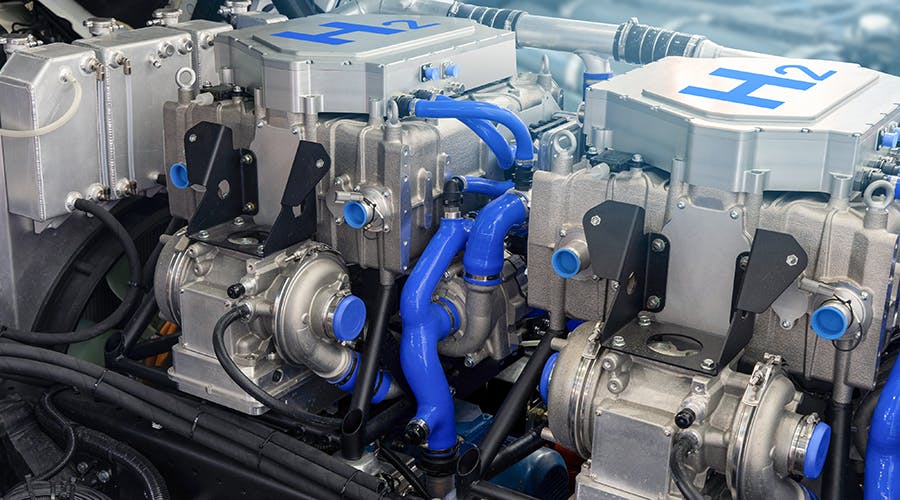Cleanliness tests (ISO 16232)
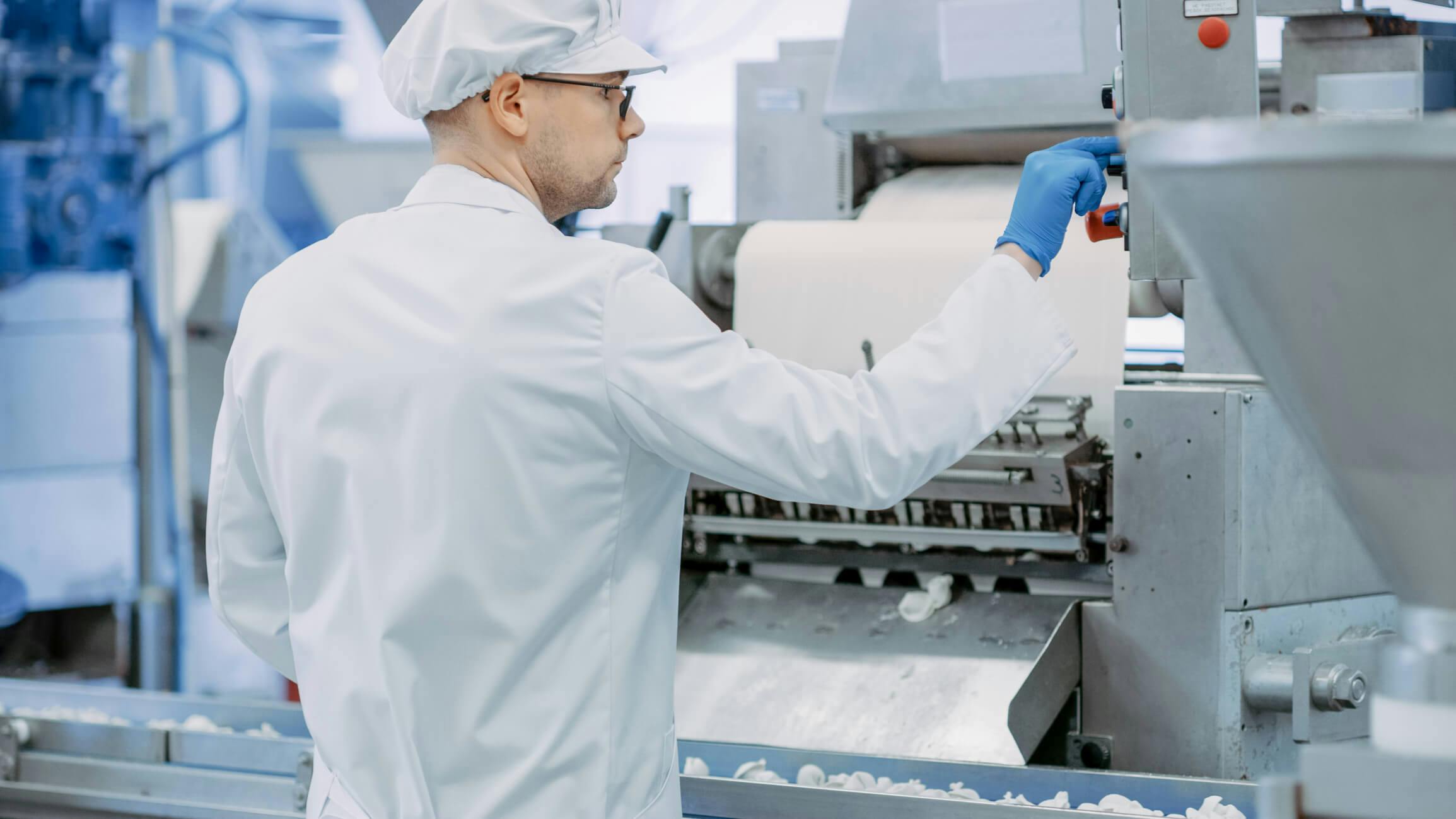
At Venair we know the importance of complying with an exhaustive cleanliness standard for our hoses. Even the smallest particle of dirt can cause strong damage to components and systems, they can even cause blockages. For this reason, our quality engineers offer documents and perform regular tests to comply with the most demanding guidelines and customer requirements regarding cleanliness.
There are different tests that we can perform in Venair.
From a technical point of view, the ISO 18413 standard (Hydraulic fluid power — Cleanliness of components — Inspection document and principles related to contaminant extraction and analysis, and data reporting) is the correct approach for particles determination in a hydraulic component, and one of the most used in the industry.
Also, the ISO 4405 standard, related to the contamination of Hydraulic fluid power and not to component is also a cleanliness standard that we comply and conduct regular tests.
However, Venair’s suggestion is to always use the ISO 16232 standard, because it is the latest international standard for component contamination. The standard specifies exhaustive requirements for applying and documenting methods for determining particulate contamination on functionally relevant components and systems (cleanliness inspection) of road vehicles.
The standard is intended to improve the informative quality and comparability of test results. It also defines the standardized expression of cleanliness specifications and cleanliness test results in the quality chain of the automotive industry.
The cleanliness inspection we perform according to the standard comprises the basis of an assessment of technical cleanliness, which is performed, for example, under the following circumstances:
- Initial inspection and evaluation
- Inspection of incoming and outgoing components; and
- Quality control or monitoring of manufacturing processes relevant to cleanliness
Evaluation and inspection of incoming and outgoing components
Basically, the cleanliness testing that we perform on hoses consists in extracting 90% or more of the residual contamination from the hose (inner part) and transferring it to a filter patch for analysis.
During the analysis we can perform the following tests:
- Gravimetric (mass contamination)
- Maximum particle size
- Particle count and Particle distribution
- Particle identification
Gravimetric
Is a technique through which the amount of an analyte (the ion being analyzed) can be determined through the measurement of mass.
The principle behind gravimetric analysis is that the mass of an ion in a pure compound can be determined and then used to find the mass percent of the same ion in a known quantity of an impure compound.
Maximum particle size
Particle size is a notion introduced for comparing the dimensions of solid particles (flecks), liquid particles (droplets), or gaseous particles (bubbles).
Maximum Particle Size is the maximum particle dimension acceptable for standard.
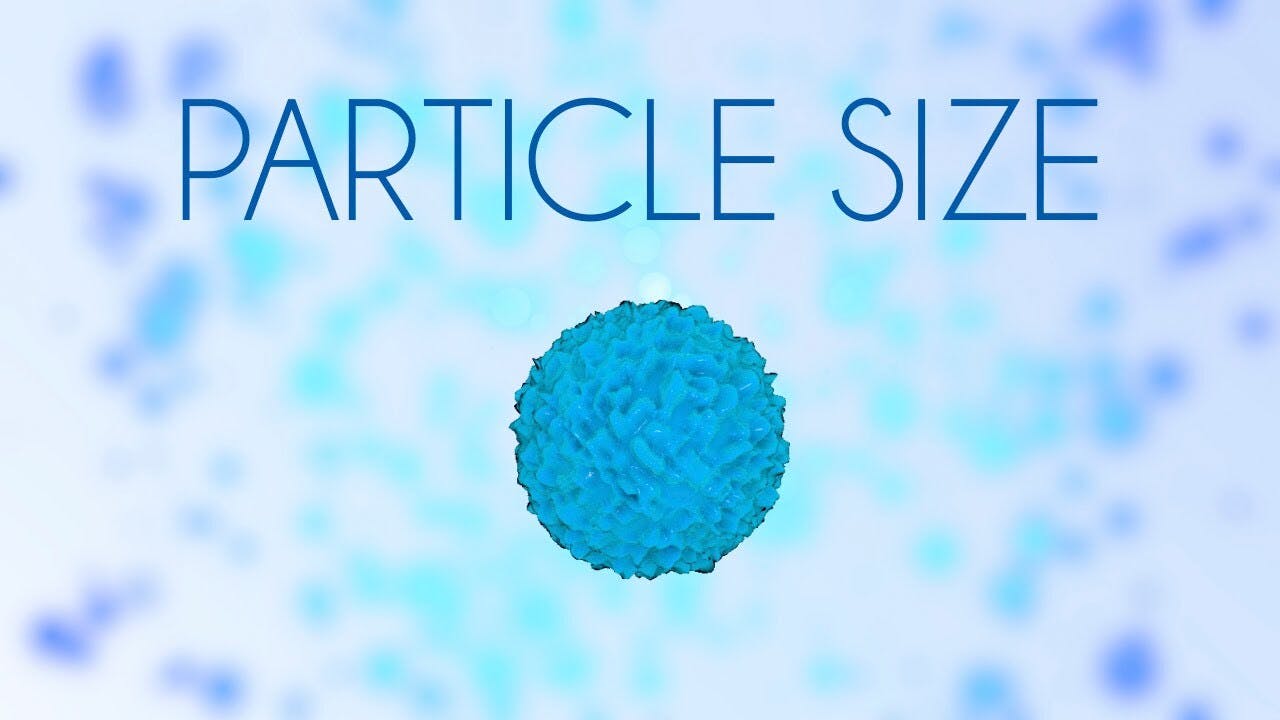
Particle Counting/ Particle Size Distribution
Particle counting can be performed online to monitor the contamination level in air environments, such as cleanrooms, or in cleaning solutions used for precision cleaning.
Particle size distribution (PSD) is the relationship between particle size and concentration, is one of the key parameters defining the interaction of light with natural waters and hence has paramount importance for the optics of natural waters.
Particle identification
Particle identification is the process of using the information left by a particle passing through a particle detector to identify the type of particle.
It is essential for the study of interactions in particle physics. Special detectors can be built to identify electrons and muons since these have unique signatures when they pass through matter.
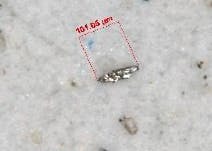
Quality control or monitoring of manufacturing processes relevant to cleanliness
Some accumulative tests have been carried out to know the behavior of the finished product under steam circulation without other agents, simulating SIP processes like these used in the food and pharmaceutical industries.
Venair has depeloved test equipment to perform these tests, and over time, this equipment has been optimized to perform faster tests.
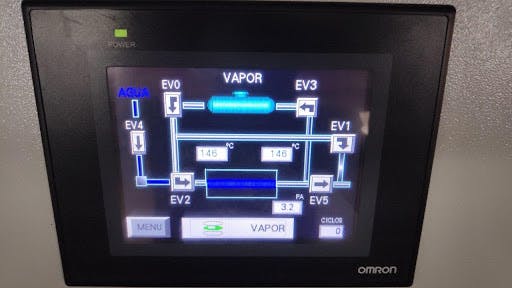
Procedure
- Holding a pressure test with water at 10[bar] during 30[minutes]
- Cycle with internal steam circulation*
- After a cycle, there is a cooling of the hose with water circulation and a resting time of 30 minutes (hose stabilization)
- Visual check of the hose
- Purge and a new cycle
- After each 20 hours, holding test is performed to ensure that the hose is functional.
- Cycles are performed until the hose fails.
Also, we create CIP simulations (Hot water) with Venair hoses in order to know the behaviour of hot water circulation without other agents.
Procedure:
- Holding a pressure test with water at 3[bar] during 30[minutes].
- Cycle from 2[hours] with internal water circulation at 2[bar] and 85[ºC].
- After the cycle, the hose is removed from the test bench and cooled at room temperature for 1 hour (hose stabilization).
- Visual check of the hose.
- New cycle.
- After each 10 hours, holding test is performed to ensure that hose is functional.
- Cycles are performed until the hose fails.
Through this test, we make sure we comply, offer the maximum quality, and guarantee the best advice and application procedures to maximize the lifetime of the hose.
The documents of cleanliness we provide, are documents that provide information about the quality of the hoses and provide recommendations. However, don’t define any cleanliness limit values for specific components or systems. The degree of cleanliness required for a specific component or system is dependent on a number of highly-individual factors. Cleanliness specifications are intended to be undertaken only by specialists who not only know the component concerned but also the system it is built into, the later conditions of use, technically-feasible practices and possible consequences for manufacturing processes and the supply chain.












